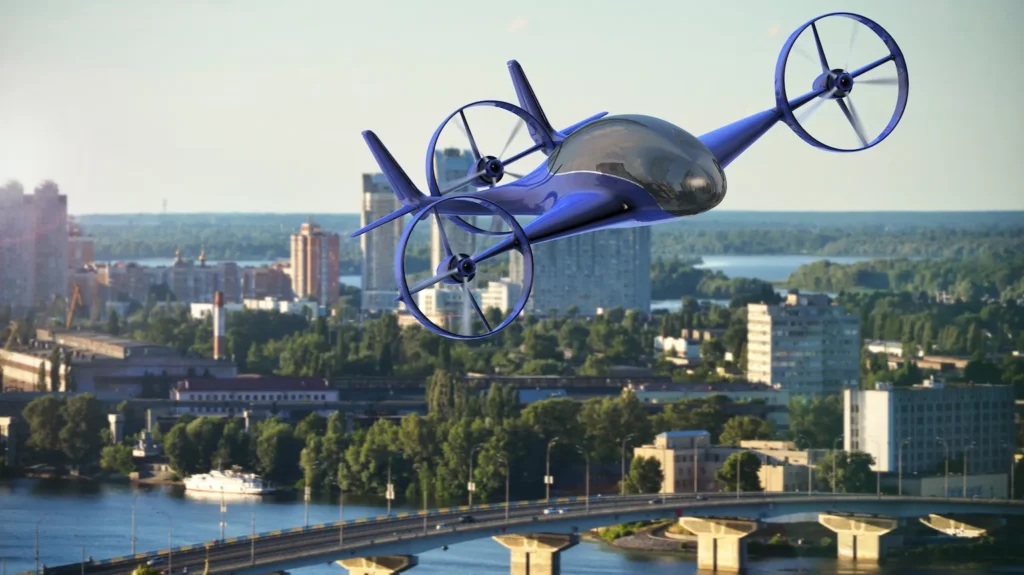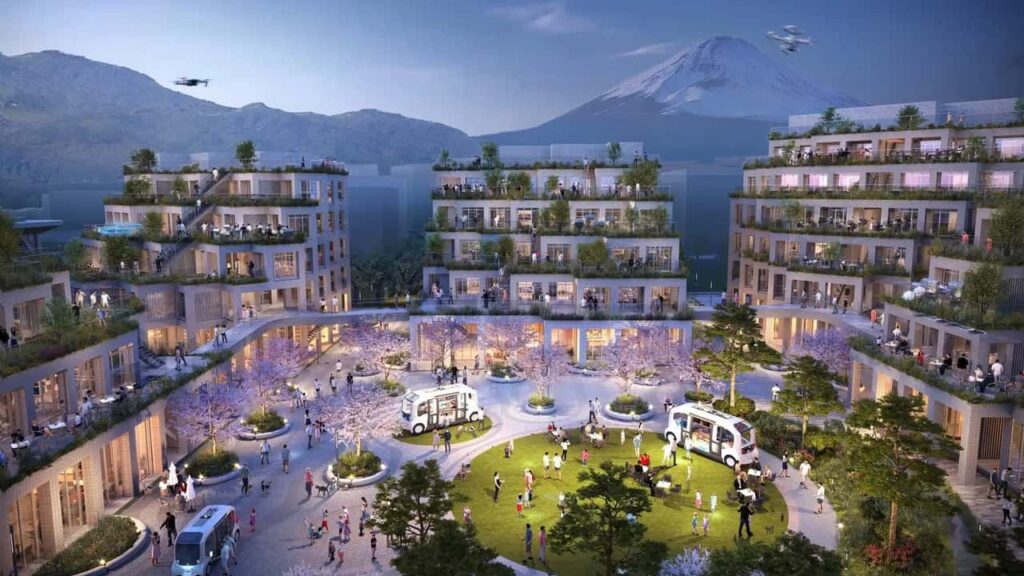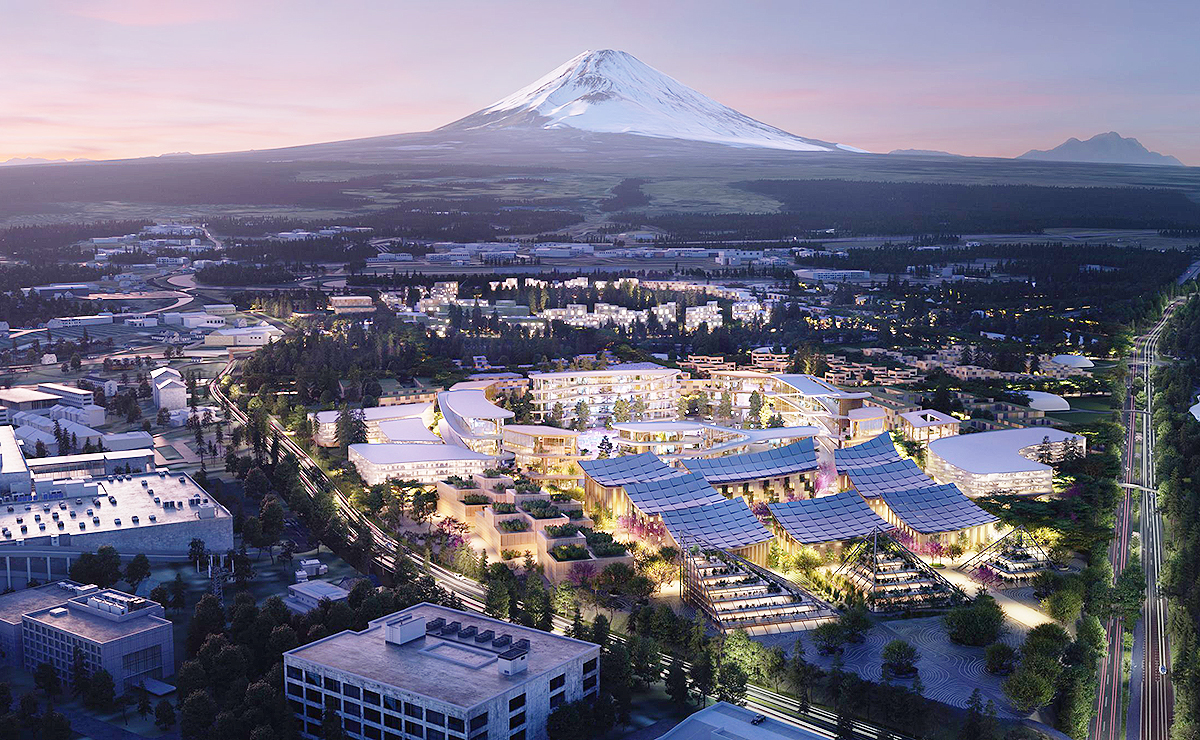Woven City: Japan’s Bold Leap into the Future of Civilization
At the base of Japan’s iconic Mount Fuji, a revolutionary urban experiment is taking shape—one that promises to redefine the very concept of city living. Toyota, a global leader in automotive innovation, is weaving the fabric of the future with its ambitious Woven City project. This 175-acre “living laboratory” is not just a city; it’s a blueprint for the cities of tomorrow. Launched in 2021 and with the first phase of construction set to complete in early 2025, Woven City is on track to become a fully operational prototype for sustainable urban living, smart mobility, and AI-powered infrastructure.
But what exactly makes Woven City so groundbreaking? At its core, this futuristic city is designed to be a fully integrated, smart ecosystem where technology, sustainability, and quality of life intersect. Autonomous vehicles, AI systems, and renewable energy solutions will all work in harmony to create a safe, efficient, and harmonious environment for its residents. Toyota’s vision for Woven City goes far beyond simply creating a high-tech urban center; it’s about developing the solutions of tomorrow, today, in a real-world setting. As the first residents prepare to move in, Woven City stands at the frontier of a new era in urban development.
Woven City is intended to be more than just a city; it’s a testbed for some of the most ambitious technological innovations of our time. Toyota’s overarching goal is to create a place where new technologies can be tested, improved, and seamlessly integrated into daily life. Imagine a city where everything is connected—autonomous vehicles smoothly navigating the streets, smart homes adapting to residents’ needs, and AI-driven systems monitoring health, traffic, and energy consumption in real-time.
This ecosystem will serve as a collaborative space for researchers, inventors, and residents, enabling them to tackle some of the world’s most pressing urban challenges—congestion, pollution, and resource management—while enhancing the overall quality of life. It’s about addressing societal issues and pushing the boundaries of what’s possible in city living.
Design and Infrastructure: An Innovative Urban Landscape
Designed by renowned architect Bjarke Ingels, Woven City’s layout is carefully engineered to promote both functionality and community interaction. The city will be divided into three distinct types of streets:
- Autonomous vehicle lanes: Dedicated solely to self-driving cars, these lanes will ensure smooth traffic flow and minimize congestion.
- Mixed-use pedestrian areas: Streets shared by pedestrians, cyclists, and personal mobility devices will encourage healthier, more sustainable ways of getting around.
- Linear park: A green, pedestrian-only area will offer residents a space for relaxation and recreation, integrating nature into the urban landscape.
Buildings will be constructed primarily from wood, using both traditional Japanese craftsmanship and modern robotics. This commitment to eco-friendly materials not only reflects Toyota’s dedication to sustainability but also ensures resilience, particularly in an area prone to seismic activity.
Smart Homes and AI Integration: A Seamless Living Experience
One of the most innovative features of Woven City is its AI-powered smart homes. These residences will be equipped with systems designed to enhance the daily living experience by monitoring health metrics, managing energy consumption, and even assisting with routine tasks. The integration of robotics into the home will offer convenience, but it will also contribute to energy efficiency and sustainability, ensuring that residents live in a way that is both comfortable and environmentally responsible.
By using AI and robotics to create an adaptive living environment, Woven City aims to redefine how we interact with technology in our homes, turning everyday spaces into interactive, supportive ecosystems.

Mobility and Transportation: The Future of Travel
The backbone of Woven City’s mobility plan is autonomous, zero-emission vehicles. Toyota’s e-Palette—a fully autonomous electric vehicle designed for multiple purposes—will be central to the city’s transportation strategy. These vehicles will provide public transportation, delivery services, and even mobile retail units, offering flexible, on-demand transportation options for residents.
In addition to autonomous cars, Woven City’s layout encourages walking and cycling with dedicated, safe pathways. This emphasis on active mobility ensures that the city is designed for people, not just vehicles, making it more sustainable, healthier, and accessible for everyone.
Energy and Sustainability: Powering a Carbon-Neutral Future
Toyota is committed to making Woven City a model of sustainability. The city will be powered by a combination of hydrogen fuel cells, solar panels, and geothermal energy systems. This renewable energy mix will reduce the city’s carbon footprint and provide a testing ground for emerging green technologies. Woven City’s commitment to carbon neutrality aligns with Toyota’s broader environmental goals and will provide valuable insights into how we can transition to a more sustainable future at a global scale.
Implications for Global Urban Development
The creation of Woven City is a bold and ambitious undertaking, but it also raises crucial questions for the future of urbanization:
- Can smart cities address urban challenges? As cities around the world continue to struggle with congestion, pollution, and resource scarcity, the development of smart cities like Woven City could provide real solutions.
- How will AI and robotics affect social dynamics? While technology promises to improve quality of life, it also raises questions about privacy, employment, and the role of automation in society.
- Can Woven City’s model be replicated? While Woven City is purpose-built for the cutting edge of technology, could other cities around the world adapt its concepts to fit their own unique needs and challenges?
Woven City is not just a vision for the future—it is a living laboratory that will answer these questions and more.
Companies Poised to Capitalize on the Smart City Trend
As cities around the world begin to embrace smart technologies, companies are positioning themselves to take advantage of the growing demand for solutions that enable urban sustainability, efficiency, and connectivity. Several companies are already making significant strides in this space:
- Siemens AG: Known for its expertise in smart infrastructure, Siemens is a key player in the development of intelligent traffic systems, energy-efficient buildings, and sustainable urban environments. Siemens Stock Information
- Cisco Systems: As a leader in networking hardware and IoT solutions, Cisco enables cities to connect devices, gather and analyze data, and enhance security—critical components for smart city ecosystems. Cisco Stock Information
- Honeywell International: Honeywell’s building automation, energy management, and security systems are designed to make cities safer, more efficient, and more sustainable. Honeywell Stock Information
- IBM Corporation: With its Smarter Cities initiative, IBM provides AI-driven solutions for urban planning, transportation, and public safety, helping cities run more smoothly. IBM Stock Information
- Panasonic Corporation: Specializing in sustainable energy solutions and smart home technologies, Panasonic is well-aligned with the needs of modern smart cities. Panasonic Stock Information
And of course, Toyota itself, through the Woven City project, is at the forefront of this transformative movement, bringing together cutting-edge innovations in mobility, AI, and sustainability to create a prototype for the cities of the future. Toyota Stock Information

Toyota’s Woven City is more than just a smart city—it’s a bold step toward redefining urban living, offering a unique glimpse into how technology, sustainability, and quality of life can be seamlessly integrated into the cities of tomorrow. As the project progresses, it will undoubtedly shape the conversation around urban development and set the stage for cities that are not only smarter but more resilient, equitable, and sustainable.


0 Comments